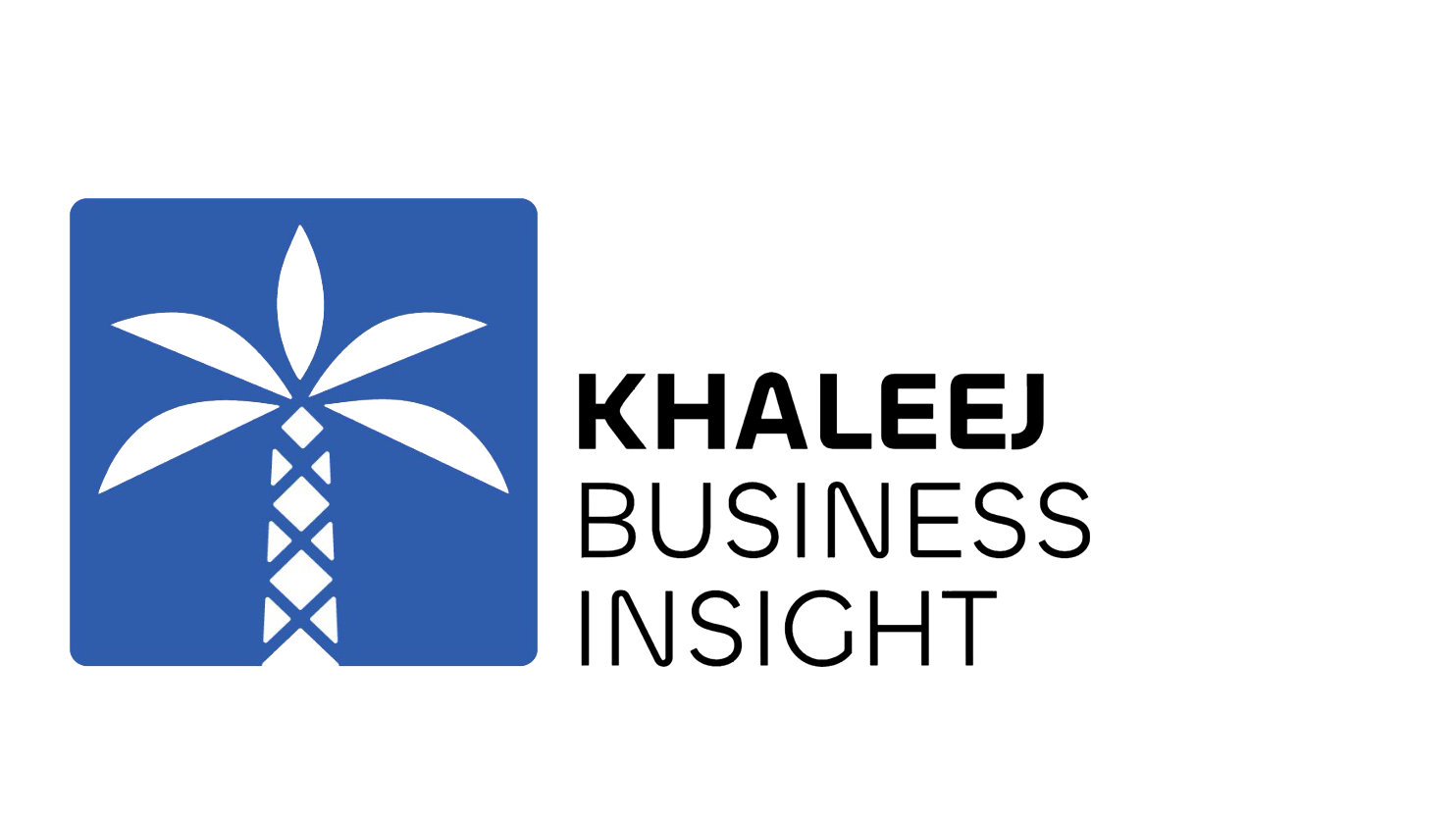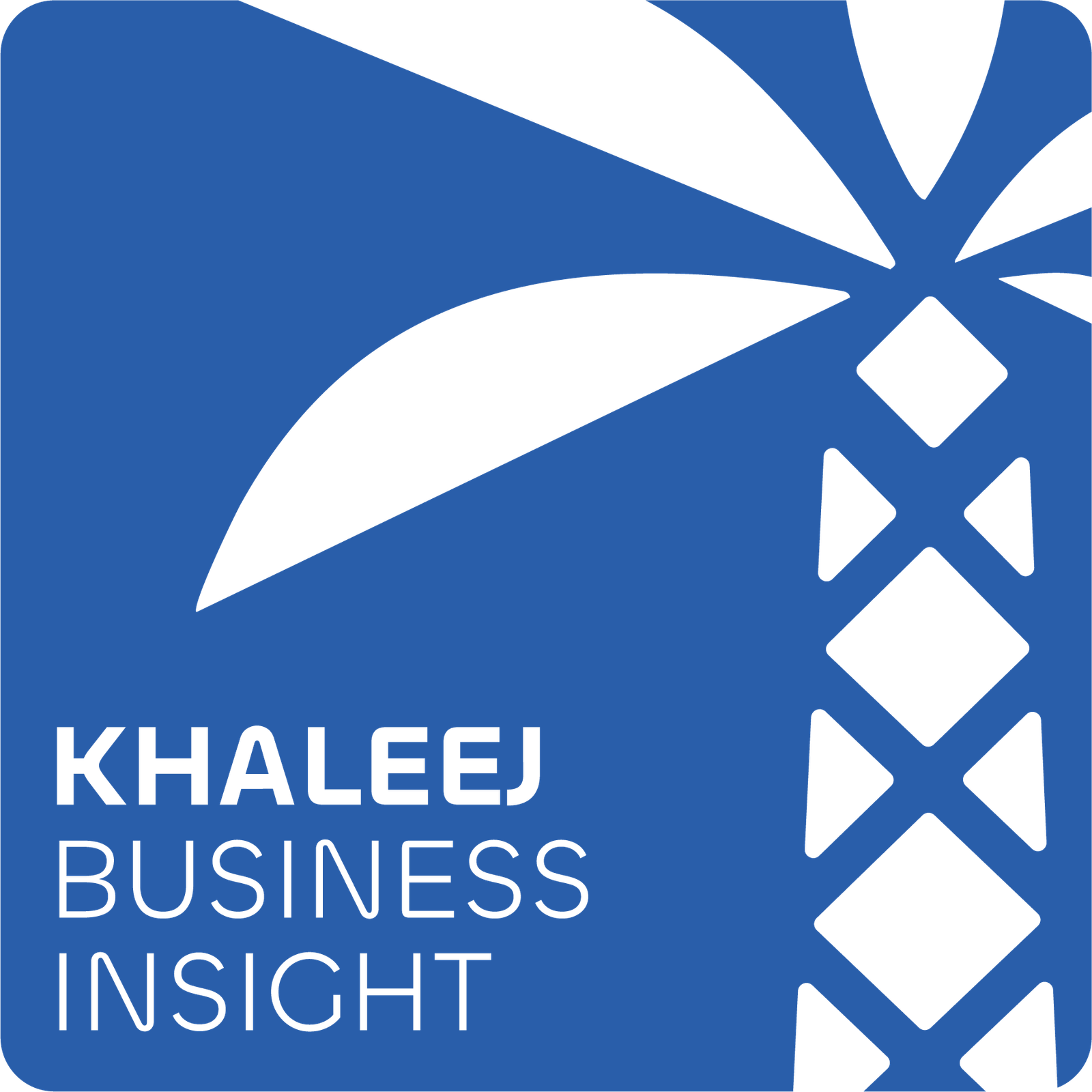Oman is advancing its renewable energy plans with the Dhofar II wind project. Consequently, the initiative will deliver clean, sustainable power and demonstrates Oman’s commitment to reducing fossil fuel reliance.
OQ Alternative Energy from Oman and Singapore’s Sembcorp Industries Ltd will develop and construct the 125-megawatt Dhofar II wind farm. Furthermore, they signed a 20-year power purchase agreement with Nama Power and Water Procurement Company, the sole offtaker of electricity from independent power plants. This agreement allows the consortium to build, own, and operate the plant.
The OMR-43-million (USD 111.7 million/EUR 96.4 million) project will be executed through a joint venture between Sembcorp Utilities and OQ Alternative Energy. In addition, officials noted that this collaboration strengthens international partnerships in renewable energy and highlights Oman’s commitment to sustainable investments.
The Dhofar II wind park will be located in Dhofar Governorate and span approximately 12 million square metres of land. Moreover, commercial operations are expected to start in the third quarter of 2027. The plant will generate around 396,754 megawatt-hours per year, enough to power over 18,000 homes. Additionally, it will save about 76 million cubic metres of natural gas annually.
The plant will feature 20 Windey WD200 turbines. Each turbine has a 6.25-megawatt capacity and a tip height of 215 metres. These turbines will efficiently harness the region’s strong wind resources and further boost Oman’s renewable energy output.
Experts say the Dhofar II wind project demonstrates Oman’s strategy to diversify its energy mix and strengthen energy security. In addition, the project may attract further foreign investment and create local jobs. It will also enhance skills development in renewable energy sectors.
The PPA provides revenue certainty, which is vital for financing and executing large-scale renewable projects. Consequently, this agreement strengthens Oman’s role as a regional leader in sustainable energy and supports Vision 2040 economic diversification goals.
Looking ahead, the consortium aims to complete construction efficiently, optimize turbine performance, and integrate output into the national grid. Furthermore, stakeholders expect the Dhofar II wind project to set a benchmark for future wind energy projects in Oman and the Gulf region.
Overall, the Dhofar II wind project marks a major milestone in Oman’s energy transition. By combining strategic investment, advanced technology, and sustainable practices, the country reinforces its leadership in renewable energy development.





